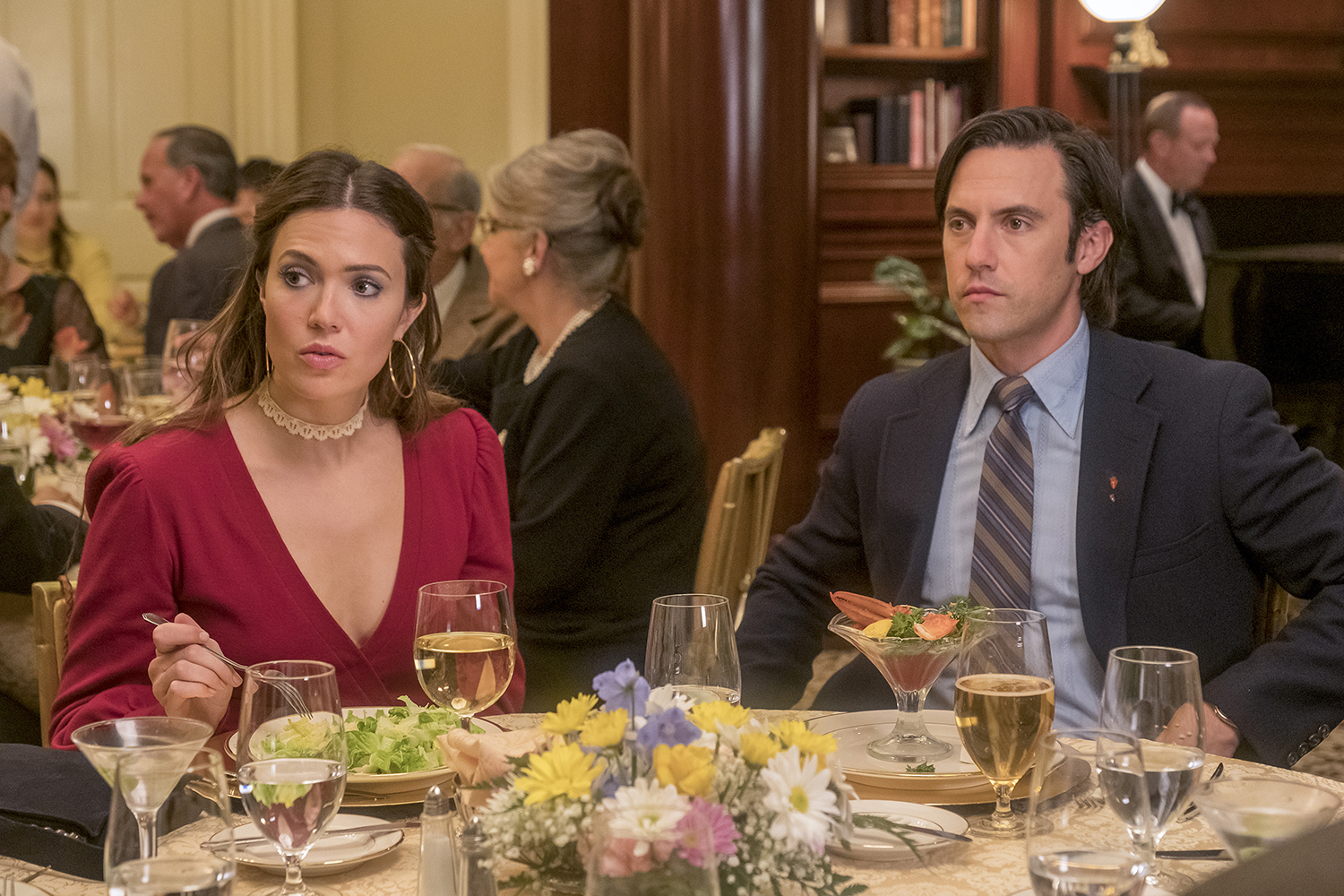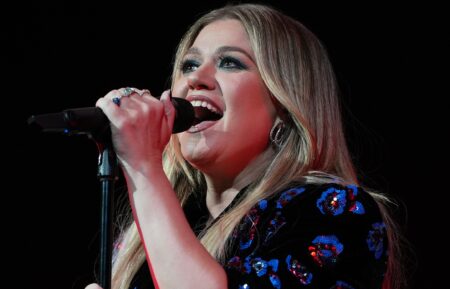Why 2019’s Network Premiere Week Ratings Are Down

The 2019–20 TV season has officially begun … but did anyone notice?
During the broadcast networks’ premiere week (September 23–29), ratings were less than spectacular overall, with high-profile new series failing to break out and some returning favorites taking a blow. In fact, looking at the average ratings for premiere week over the past five years — when hits like NBC’s Blindspot (2015) and CBS’s Young Sheldon (2017) emerged — approximately 12 million total viewers disappeared. The biggest year-to-year drop: from 2018 (27.4 million) to this year (22 million).
Luckily, the news isn’t all bad, particularly for a few returning shows. While the Season 2 premiere of Fox’s The Masked Singer (8.0 million) was down from last January’s series debut (9.4 million), it did help Fox win Wednesday night in both total viewers and the advertiser-coveted 18–49 demo (3.3 million). Young Sheldon, now without megahit The Big Bang Theory as its lead-in, lost 2.4 million viewers (10.6 in 2018 vs. 8.2 in 2019) but was still the week’s top sitcom.
The lack of excitement for premiere week, coupled with viewers’ diminishing urgency to watch shows live, is impacting new offerings the most. Thirteen freshmen series launched during the final week of September, but unlike in years past, no big breakout has emerged. For example, ABC’s heavily promoted Stumptown was well behind 10/9c rival Chicago P.D. on NBC (4.6 million vs. 6.5 million) and fell in its second outing (to 4 million), landing third in the timeslot.
CBS enjoyed some early success with the comedy The Unicorn (6.04 million) coming in as the highest-rated new series, followed by its legal drama All Rise (6.03) and hospital sitcom Carol’s Second Act (5.97). But compare this with 2014, when ABC’s black-ish debuted to 11 million live viewers — nearly twice those numbers. (It’s now in Season 6.) The lowest debut: the NBC comedy Sunnyside (1.8 million), where the cancellation cloud is hovering.
Of course, how we watch TV has drastically changed over the last few years with the game-changing additions of DVRs, On Demand, and streaming services.

(Ron Batzdorff/NBC)
“There is no denying that numbers are declining for traditional linear [as-it-airs] viewing for most scripted programming,” says Jeff Bader, NBC president of program planning, strategy, and research, noting that the increased use of digital outlets “is changing consumption patterns and the pacing of viewing.”
Bader advocates looking at the full picture to measure ratings. To wit: At press time, the audience for This Is Us‘s season premiere had climbed from 7.9 million total live plus same-day viewers to 15.4 million when figuring in six days of DVR playback, six days of watching on Hulu and NBC.com, and five days of video on demand.
Hmm, maybe premiere week needs a new name.













